By Rebecca Drew
THIS INSPIRATIONAL British woman won’t be defeated by the rare genetic condition that causes her daily joint dislocations, excruciating pain, fatigue and has left some of her internal organs paralysed so she is fed through a tube 24/7.

Amy Fisher / MDWfeatures
Medical professional, Amy Fisher (21) from Manchester, UK, was diagnosed with rare genetic condition, Ehlers-Danlos syndrome (EDS), when she was 19 after her symptoms progressively got worse over the years and she was admitted to hospital. After dismissing her painful joints as ‘growing pains’ throughout her teens, Amy noticed that her joints increasingly started to feel loose after exercise and she would get injured easily.
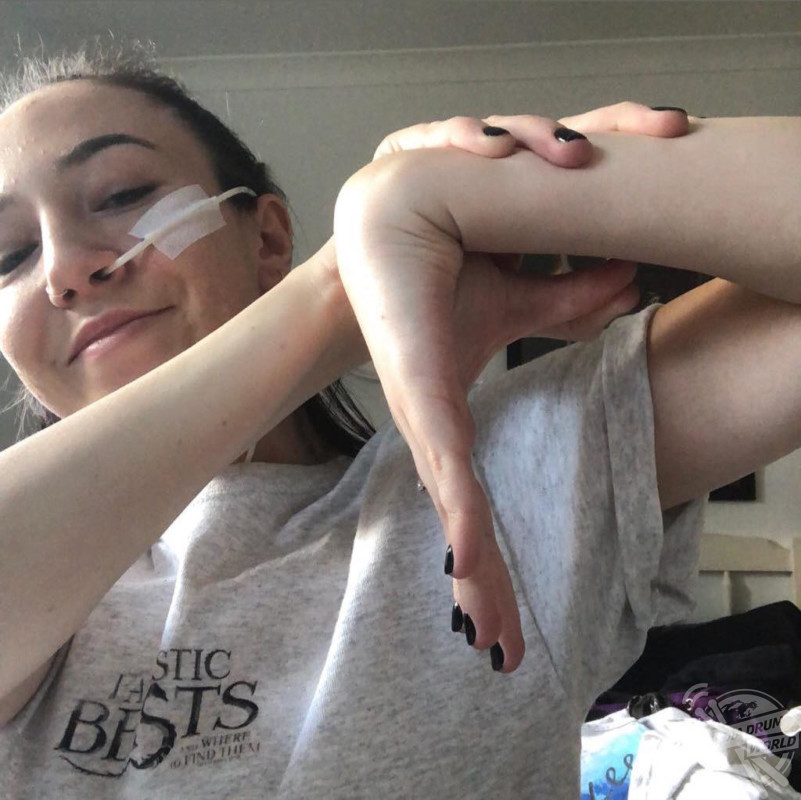
Amy Fisher / MDWfeatures
Living with EDS, Amy experiences daily joint dislocations and partial dislocations, extreme pain, fatigue, vomiting, urinary incontinence and retention and is connected to a feeding tube for nutrition and drainage tubes for times when she can’t digest her own bile. Amy also has to use a wheelchair when her condition flares up as she struggles to walk long distances.
As well as this, her condition has caused a whole host of other medical problems including; gastroparesis (paralysed stomach), intestinal dysmotility, delayed colon transit (paralysed colon), heart murmur, P.O.T.S that causes extremely high heart rates and mast cell activation disorder (MCAD) that causes unexpected allergic reactions that range from mild to severe.
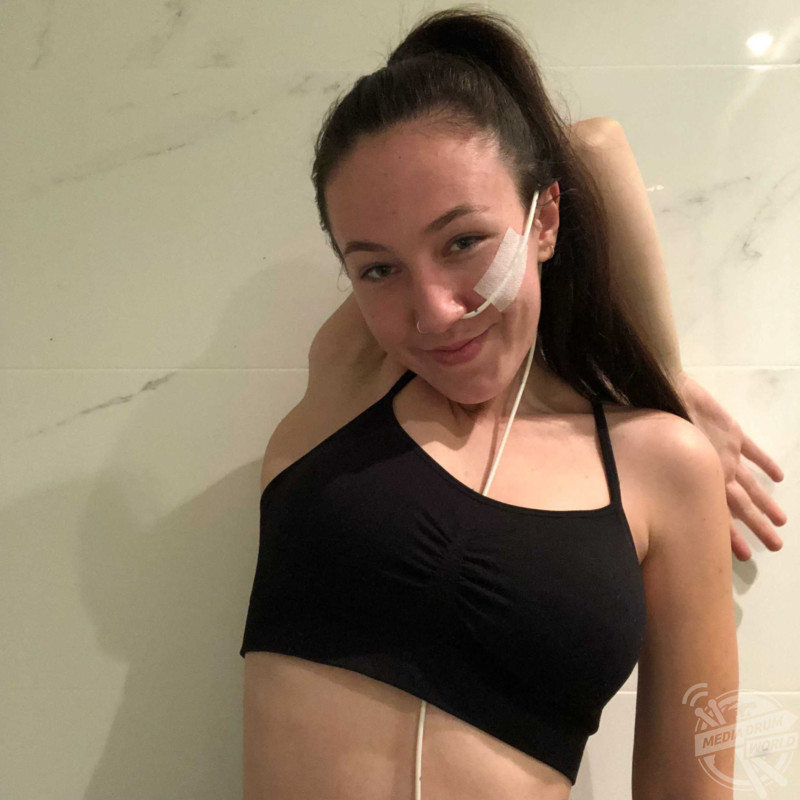
Amy Fisher / MDWfeatures
For Amy who now lives in Perth, Australia, having EDS sometimes makes her feel isolated from society but she has met some of her closest friends through the condition via online support groups and her Instagram, @chronically.ams.
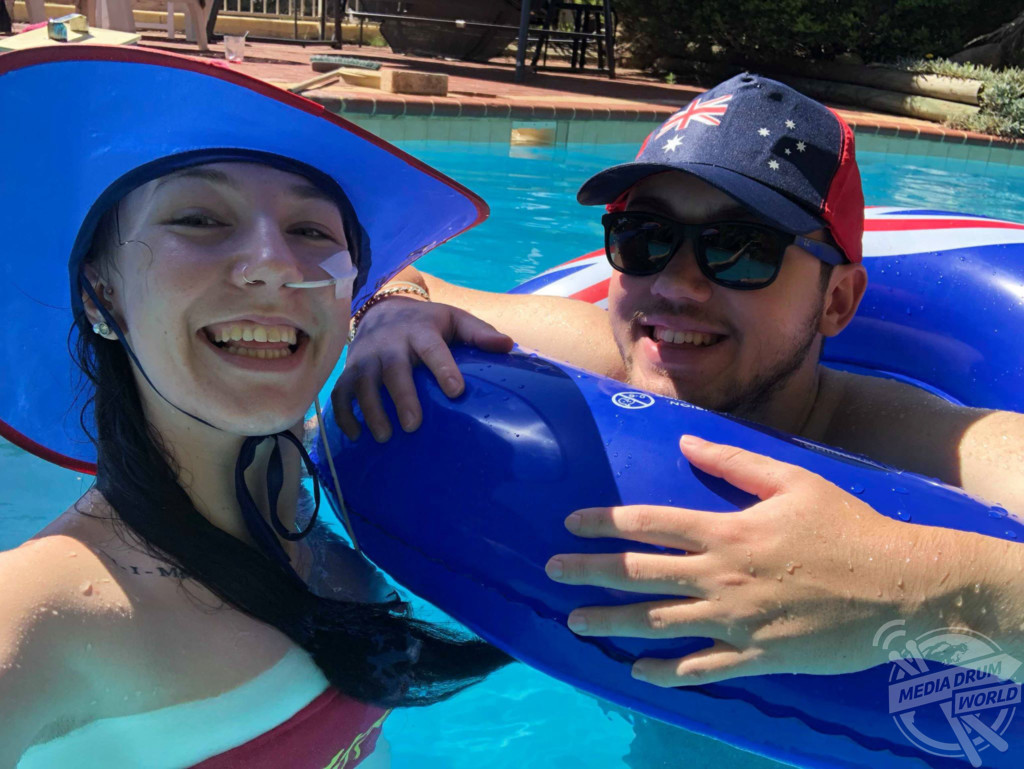
Amy Fisher / MDWfeatures
“When I look back I had symptoms from being very young, I would get a lot of joint pain and I was always told it was just ‘growing pains’ until one day I got too old for it to be growing pains and things gradually got worse,” said Amy.
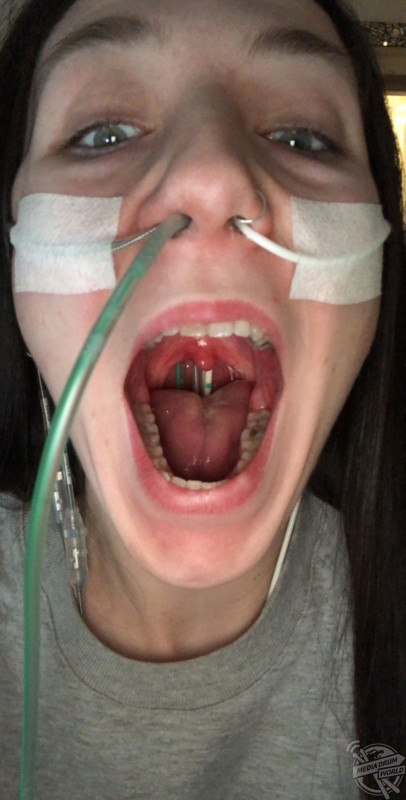
“I would say I was around 14 or 15 when my symptoms started to get worse. I would get injured easily, and after any physical exercise my joints would feel ‘loose’ and extremely painful.
“It wasn’t until around 17 that things started to rapidly decline and I was admitted to the hospital with various issues that I later found out were related to EDS.
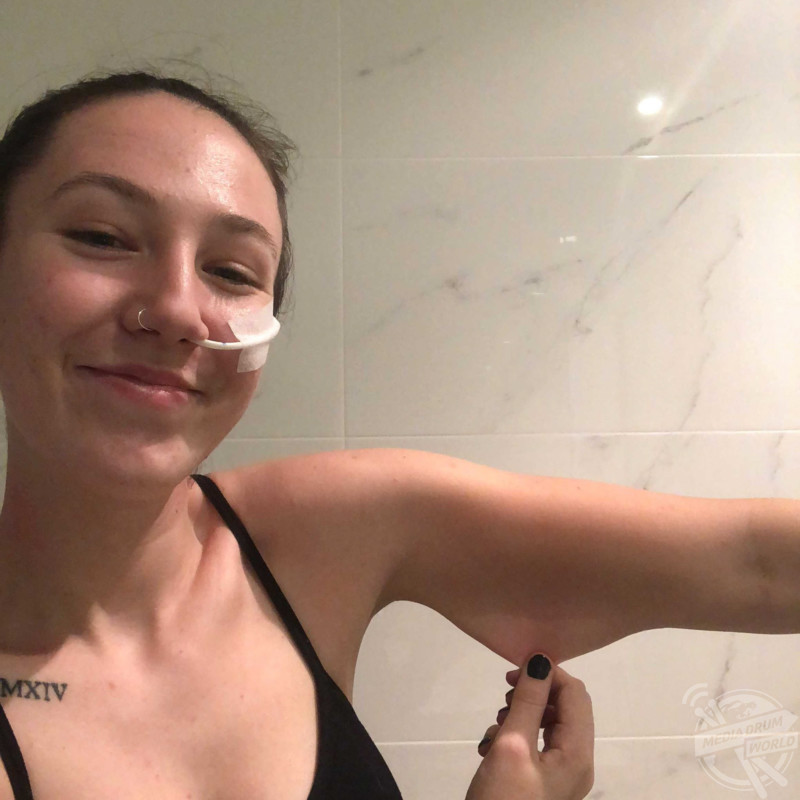
Amy Fisher / MDWfeatures
“Here’s a little inside to what an average day is like. These are some of the symptoms that I experience day to day and how EDS effects my life; daily dislocations and subluxations, a partial dislocation, extreme pain, difficulty walking especially long distance, having to use braces such as ankle braces, finger splints, wrist and thumb braces, knee braces, and hip braces to hold my joints in place or to prevent them from dislocating.
“I use a wheelchair on bad days or flares, have fatigue, weakness, numbness, tachycardia/ palpitations, dizziness, fainting, nausea, bloating, cramping, urinary incontinence/ urinary retention, which is why I self-catheterise when I go to the toilet.
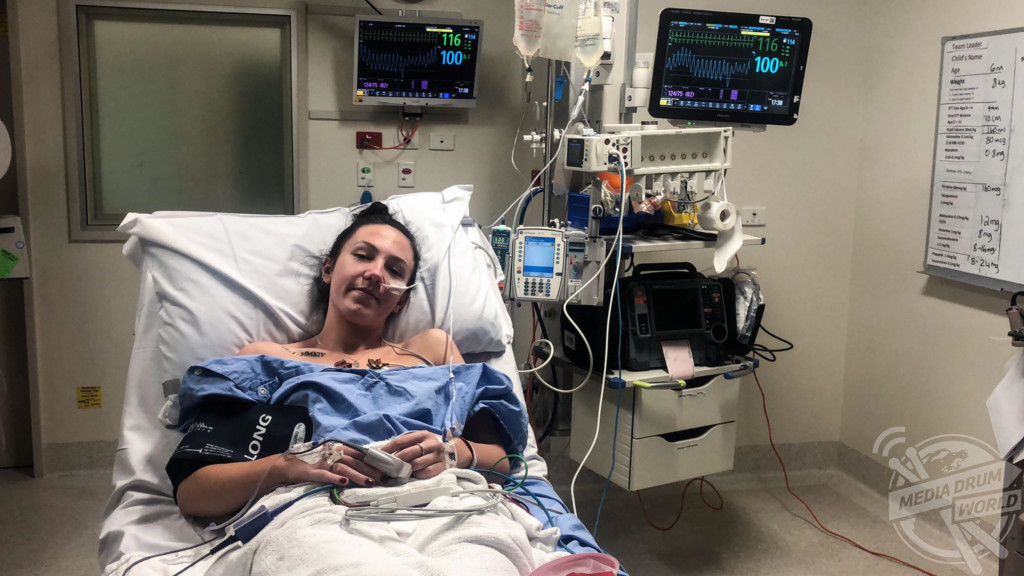
Amy Fisher / MDWfeatures
“I am connected to a feeding tube 24/7 and to drainage tubes when I can’t digest my own bile.
“EDS has caused my gastroparesis, intestinal dysmotility (paralysed/ delayed intestinal motility), delayed colon transit, heart murmur and mitral valve regurgitation, P.O.T.S (Postural Orthostatic Tachycardia Syndrome) this causes extremely high heart rates, fatigue, dizziness and fainting or black outs, and MCAD (Mast Cell Activation Disorder).

Amy Fisher / MDWfeatures
“MCAD causes unexpected and random allergic reactions, even to things I’ve been exposed to a thousand times before, these reactions range from mild rashes to severe anaphylactic shock or anaphylaxis attacks which is why I always carry rescue medications, inhalers and epi-pens where ever I go.
“Mentally I struggle a lot, but I have an amazing support system. Being physically ill puts a lot of strain on you mentally and some days are really rough. However, I do my best to look on the brighter side of things because I know for every bad day I have there will be another good day.
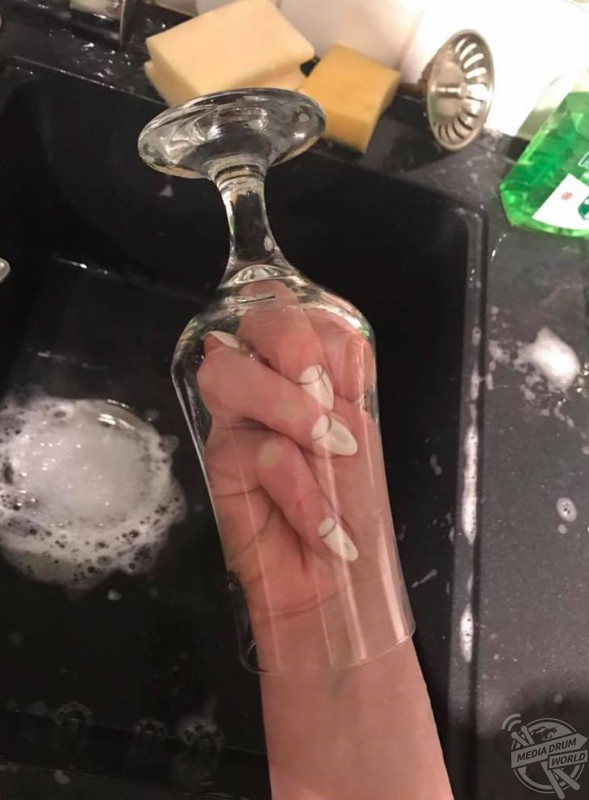
Amy Fisher / MDWfeatures
“I also know that this isn’t forever, and I have big plans for my future, even if it takes me a little longer to reach my goals, I’m determined to live my life to the fullest no matter how much my physical heath holds me back. The way I see it is there’s always another way to reach your goals, you just have to find it.”
EDS is a group of disorders that affect the connective tissues, that support the skin, bones, blood vessels, many organs and tissues, making joints too stretchy which leads to painful dislocations and weakness. It is more common in females than males.
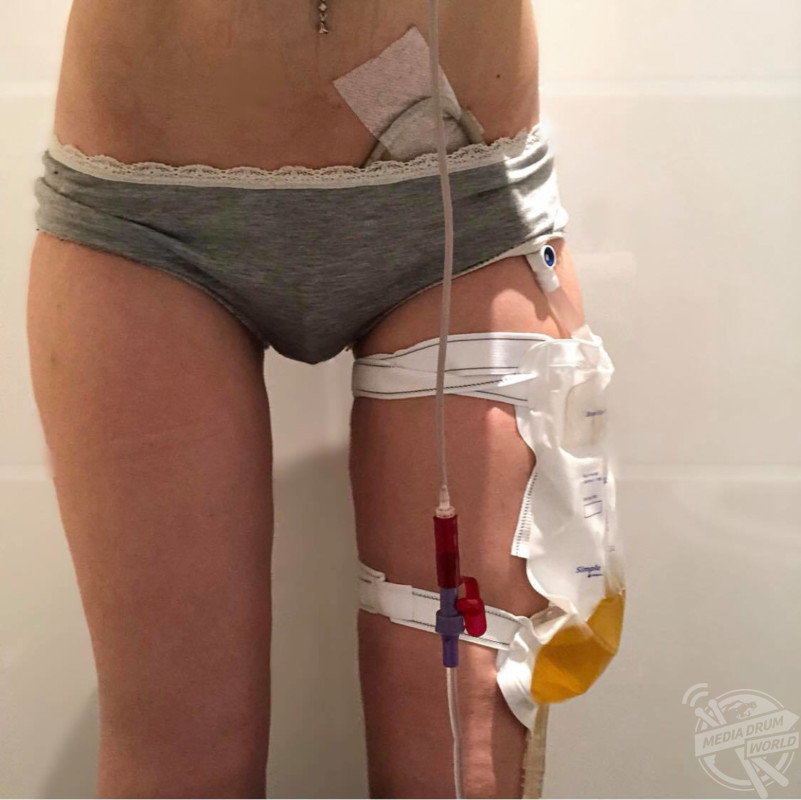
Amy Fisher / MDWfeatures
There are many different types of EDS and Amy has Hypermobile EDS that causes joint hypermobility and pain, loose and unstable joints, easily bruised skin, digestive problems, dizziness, problems with internal organs and bladder control.
There is no specific treatment for EDS but with support and advice, symptoms are usually manageable. Amy keeps her EDS under control with weekly doctors’ appointments and hospital appointments every fortnight.
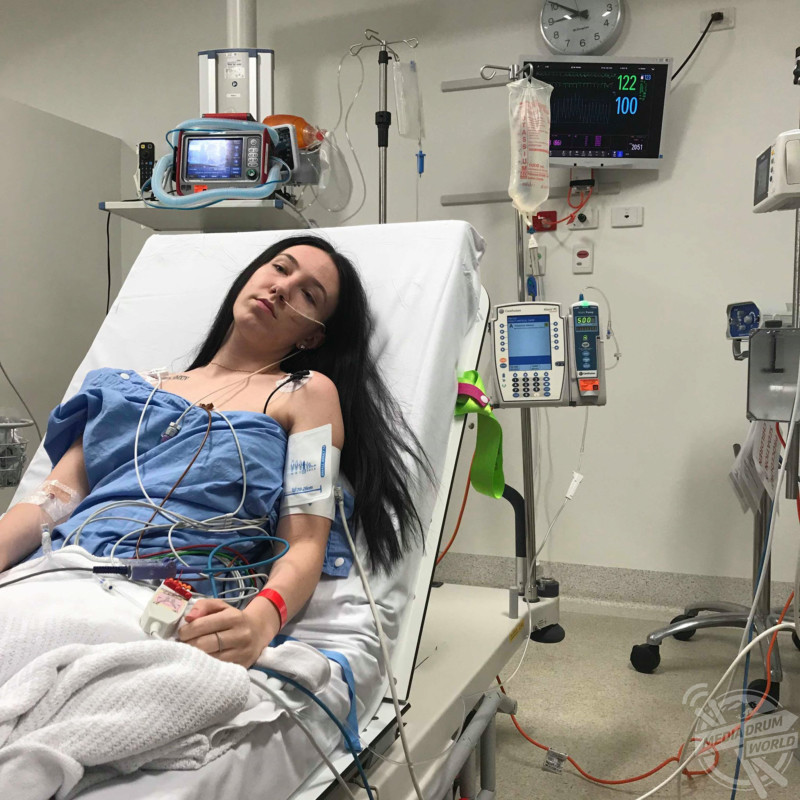
Amy Fisher / MDWfeatures
Amy reckons that she gets admitted to hospital once every few months on average and has recently been admitted a lot, with over 12 admissions this year so far.
She spoke about how she manages her condition.

Amy Fisher / MDWfeatures
“It’s a tough disease to live with especially when there’s no cure, as of yet, and its usually progressive, meaning although some of the related conditions may improve as you get older, the EDS itself will get worse, and many EDS suffers end up long term wheelchair users or wheelchair bound,” said Amy.
“Probably the EDS itself is not the most difficult thing because I can manage most days but the conditions and side effects that it causes such as my paralysed digestive system are difficult to deal with.
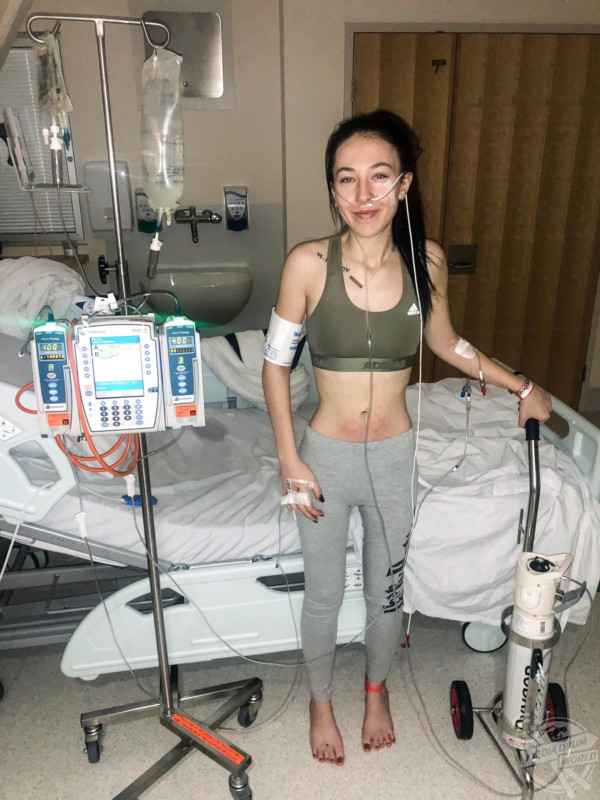
Amy Fisher / MDWfeatures
“If I could take one condition away it would be DTP (digestive tract paralysis) and gastroparesis. I miss food so much it’s just not the same and until it’s gone I don’t think people realise how much of a role food plays in our lives, not just to fuel our body with nutrition but it’s such a social event and activity.
“For example, to go out with your family for a meal or go out for a drink with some friends, and until that’s taken away, you don’t realise how much you miss out on and how much you get excluded from things.
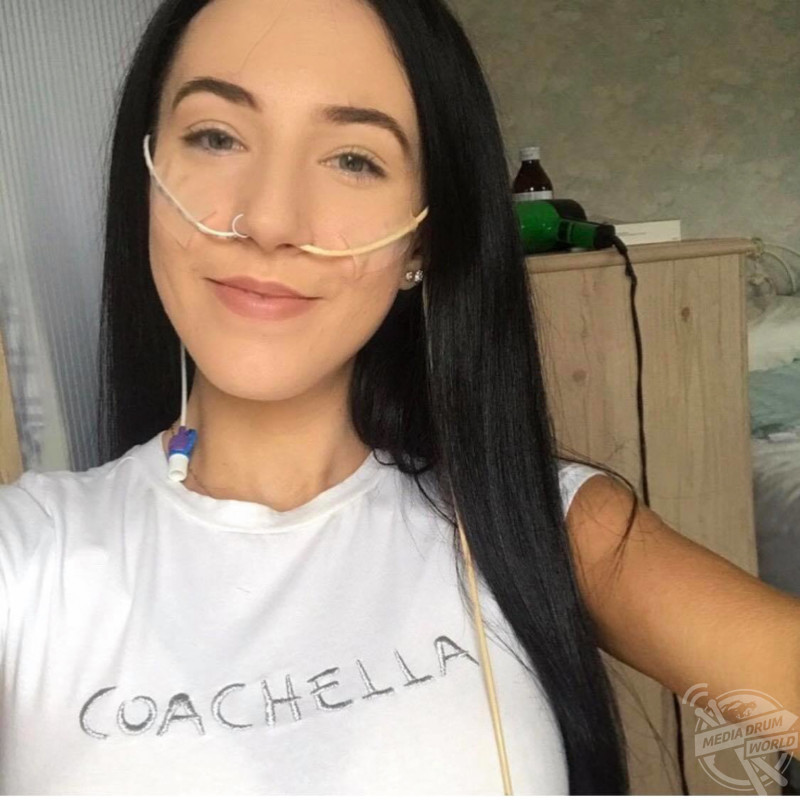
Amy Fisher / MDWfeatures
“Sometimes having EDS makes me feel so alone and isolated, sometimes I feel like I’m trapped inside someone else’s body and that I’ll wake up one day and be ‘me’ again. It’s hard, but at the same time I’ve met so many amazing people and some of my best friends who all suffer with EDS I met most of them online and through support groups.
“Although this illness is probably that hardest thing I’ve ever had to deal with, I don’t think I would change a thing because if I hadn’t had EDS I wouldn’t be who I am today, I wouldn’t know the amazing people that I do, and I wouldn’t have had some of the amazing opportunities that I’ve had.”
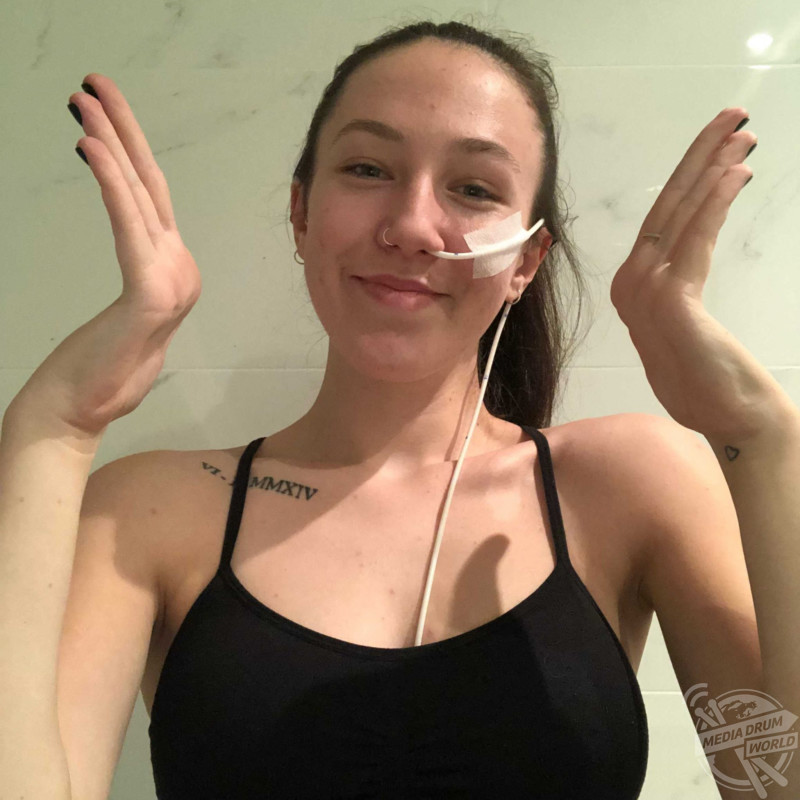
Amy Fisher / MDWfeatures
Despite being very poorly, Amy, who is a trained phlebotomist, described how she manages to stay positive, even in her darkest days. She also shared her words of advice to other sufferers.
“Staying positive is something that no matter the situation or how I’m feeling I always try and see the light or the positive to the negative. No matter how glum or dark a situation there is always a positive, you just have to look hard enough to find it,” she said.
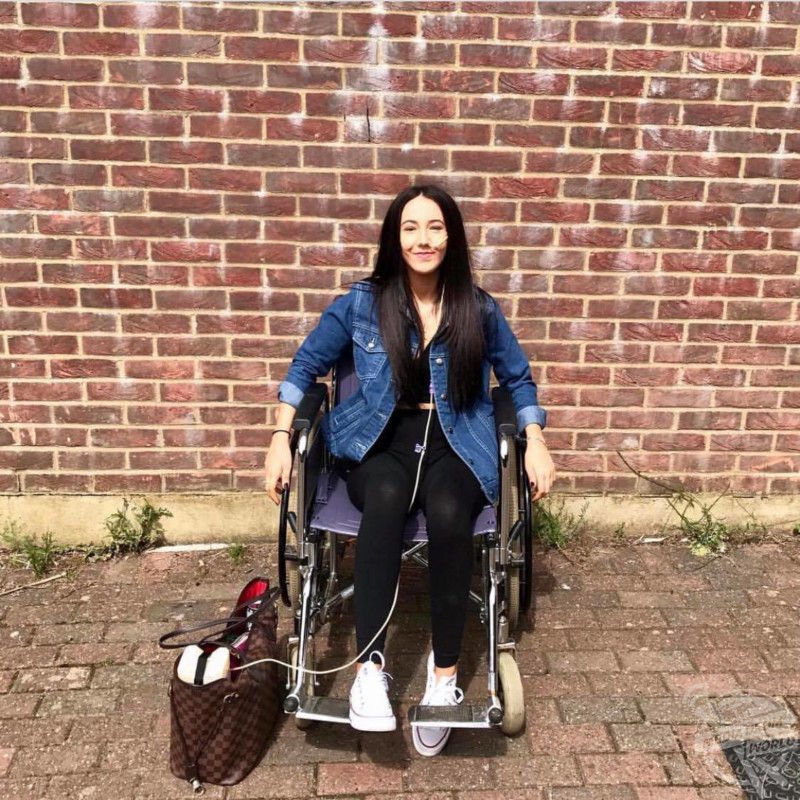
Amy Fisher / MDWfeatures
“One of the biggest reasons that helps me stay positive is my huge support system, so that includes my family, partner, friends and of course my Instagram and YouTube family.
“The support I receive online from my second family, that’s what I refer to them as, is always so overwhelming and they inspire me every day to keep on fighting and find the good in the bad. I couldn’t do it without my support systems. They keep me going, and fight for me when I have no fight left anymore.
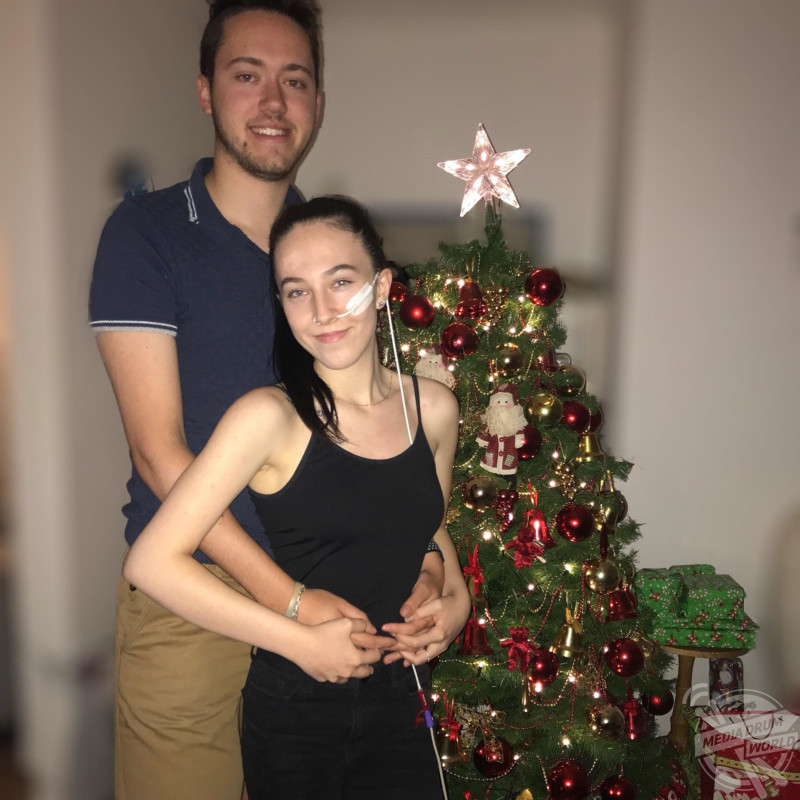
Amy Fisher / MDWfeatures
“If I had to give advice to myself back when things started to get bad for me or someone else in the same situation, I would say no matter how bad it gets I promise you it gets better and there’s always another way around.
“I found myself in a very bad place, I thought all my dreams were crushed I thought I could never achieve my goals, that this illness had taken everything from me. I thought what’s the point anymore?

Amy Fisher / MDWfeatures
“But I stayed positive and kept on pushing. Although I couldn’t be a paramedic, my dream job, and although I had to drop out of university, I found another way. I found another pathway that I still enjoyed what I could physically do and that I was still in the medical field.
“Although I can’t play basketball anymore or really do any sport at all, I find enjoyment in going to the games and watching my favourite team play. I guess my point is, there’s always another way. Always. I feel like people forget that, I know I did.
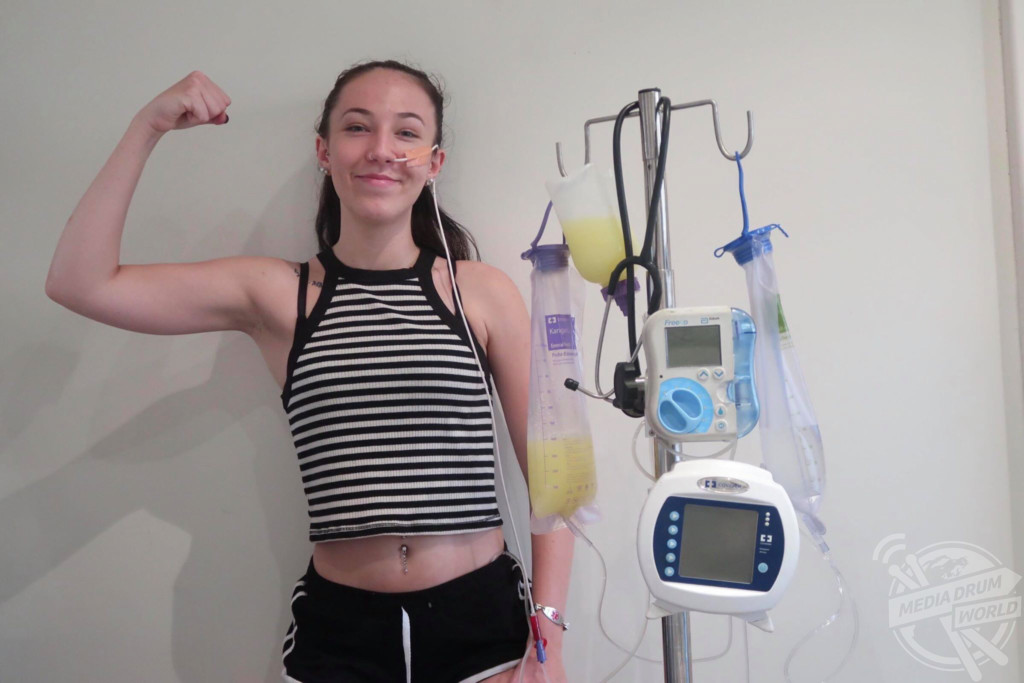
“I just needed a reminder and maybe that’s all anyone needs, is reassurance, to know that they’re not alone and there’s always another path, your goals are reachable. I promise.”
For more information see www.instagram.com/chronically.ams






